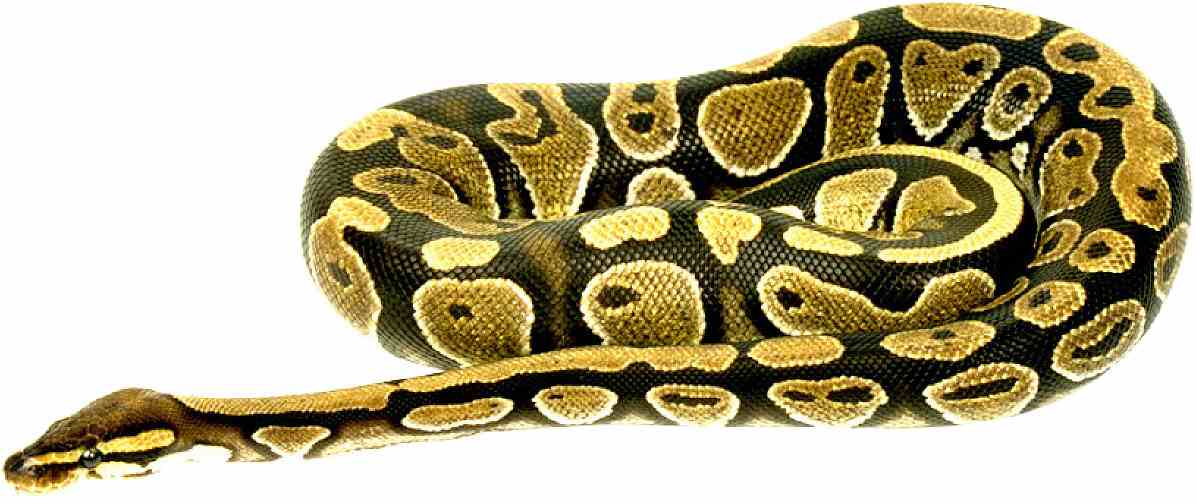Serpents, Snakes and Similar Reptilians In Magic
April 11, 2009 The Egyptians, Greeks, and Romans worshiped serpents, and regarded them as divine. They brought to Rome the serpent of Kpidaurus, to which they paid divine honors. The Egyptians considered vipers as divinities. The Israelites adored the brazen serpent elevated by Moses in the desert, and which was in after times broken in pieces by the holy king Hezekiah.
The Egyptians, Greeks, and Romans worshiped serpents, and regarded them as divine. They brought to Rome the serpent of Kpidaurus, to which they paid divine honors. The Egyptians considered vipers as divinities. The Israelites adored the brazen serpent elevated by Moses in the desert, and which was in after times broken in pieces by the holy king Hezekiah.
St. Augustine assures us that the Manicheans regarded the serpent as the Christ, and said that this animal had opened the eyes of Adam and Eve by the bad counsel which he gave them. We almost always see the form of the serpent in the magical figures Akraxas and Abrachadabra, which were held in veneration among the Basilidian heretics, who, like the Manicheans, acknowledge two principles in all things -- the one good, the other bad; Abraxas in Hebrew signifies that bad principle, or the father of evil; ab-ra-achad-ab-ra, the father of evil, the sole father of evil, or the only bad principle.
St. Augustine remarks that no animal has been more subject to the effects of enchantment and magic than the serpent, as if to punish him for having seduced the first woman by his imposture.
Posted by Magical Portal.